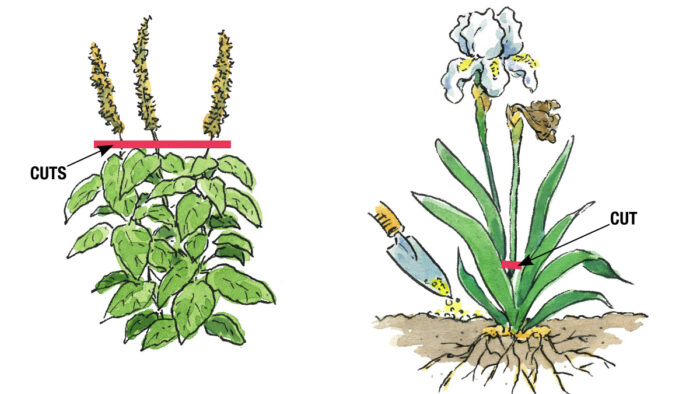
It is important to consider the biological nature of flowering: Plants produce seeds in an attempt to secure another generation. Hormonal signals direct plants to create seed, and chemical feedback tells the plants when this has been achieved. If plants are deprived of the opportunity to “bear fruit,” many will try again.
Go for one big chop (left)
Deadheading is a tried-and-true approach to getting more flowers, but picking spent blooms onesie-twosie can seem like endless work. I prefer to make one big chop when a plant’s bloom is past peak and before seed heads or pods begin to appear and swell. I shear off inflorescences in their entirety. This brings a new flush of foliage and a second wave of flowering.
Remove all spent flowers and provide some nourishment (right)
For a plant, flower production and all the energetically costly materials it produces, such as pollen and nectar (not to mention water and colorful pigments in fancy-flowered hybrids), is a very draining exercise. Seeds with rich endosperm are also quite taxing to produce. Such motivated plants can, over time, run so low on reserve energy they can dwindle and languish, possibly forsaking bloom. Some plants are such heavy seed producers they literally run the tank to empty and kill themselves for the sake of ensuring the next generation. Removing all spent flower stalks can help these plants maintain a sustainable energy reserve. You can also help reblooming perennials sustain themselves with some additional food, in the form of compost or fertilizer, which may help them remain viable and valuable flower producers in your garden for many years.
Daniel Robarts is a horticulturist at Coastal Maine Botanical Gardens in Boothbay, Maine.
Illustrations: Elara Tanguy
Fine Gardening Recommended Products

Lee Valley Mini Garden Shear Set
Fine Gardening receives a commission for items purchased through links on this site, including Amazon Associates and other affiliate advertising programs.
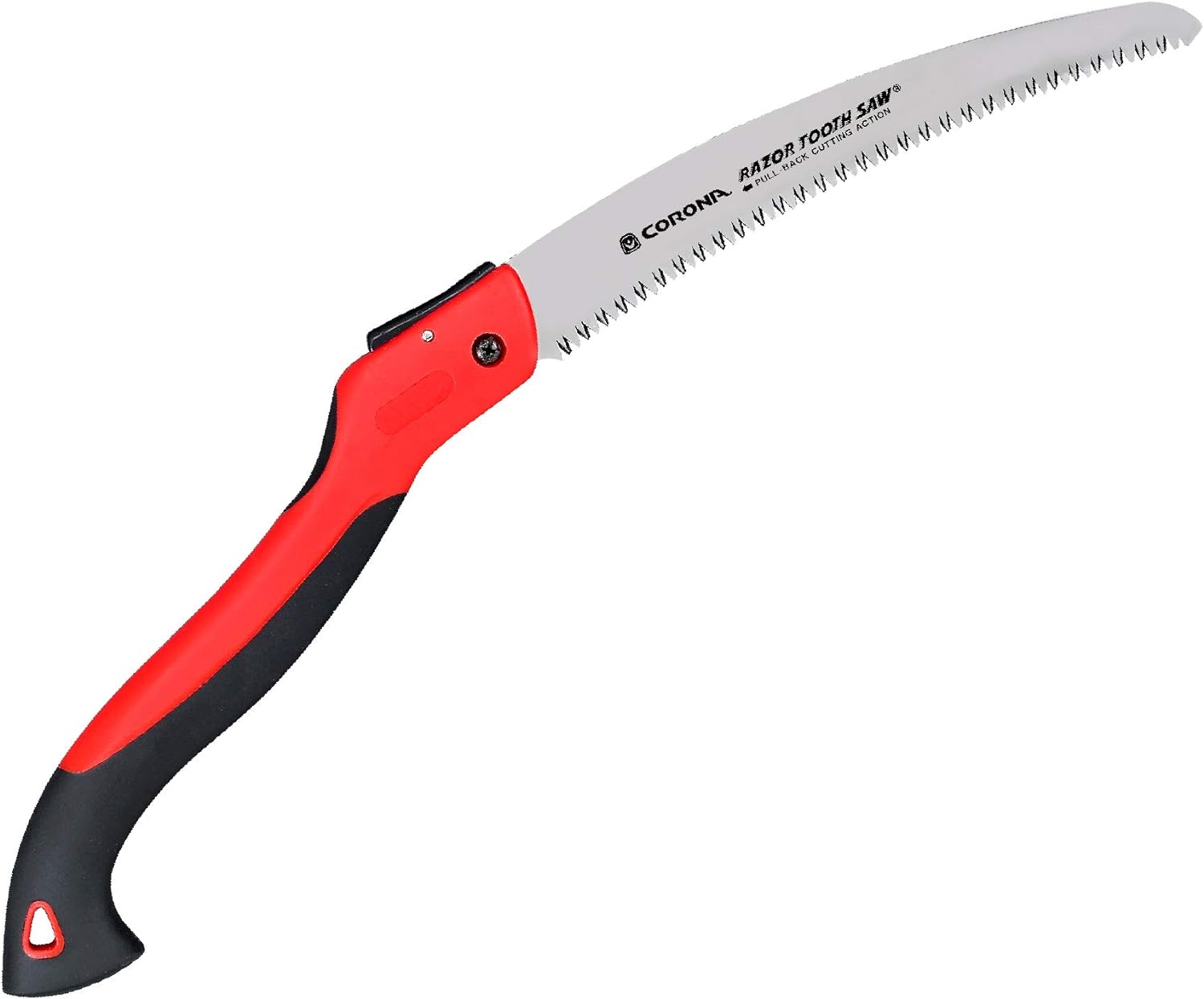
Corona Tools 10-Inch RazorTOOTH Folding Saw
Fine Gardening receives a commission for items purchased through links on this site, including Amazon Associates and other affiliate advertising programs.

Fine Gardening receives a commission for items purchased through links on this site, including Amazon Associates and other affiliate advertising programs.


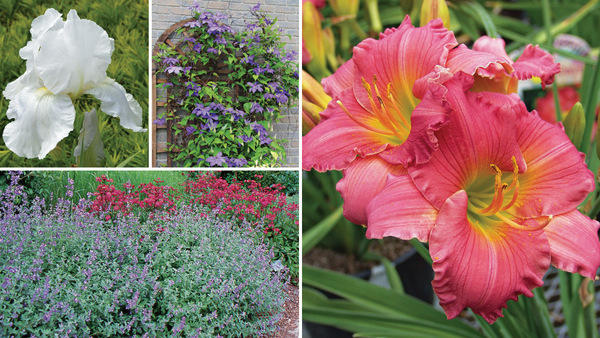
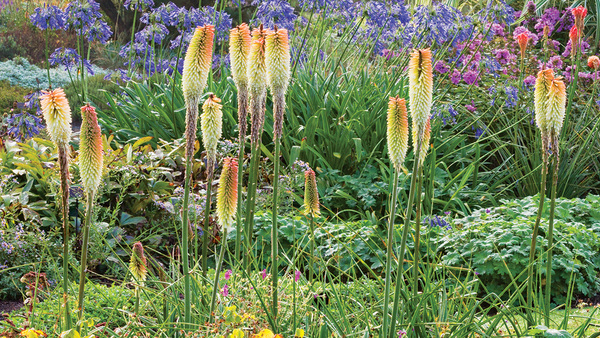




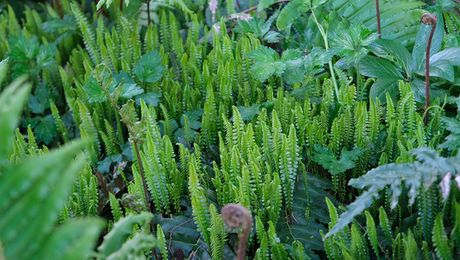










Comments
Log in or create an account to post a comment.
Sign up Log in